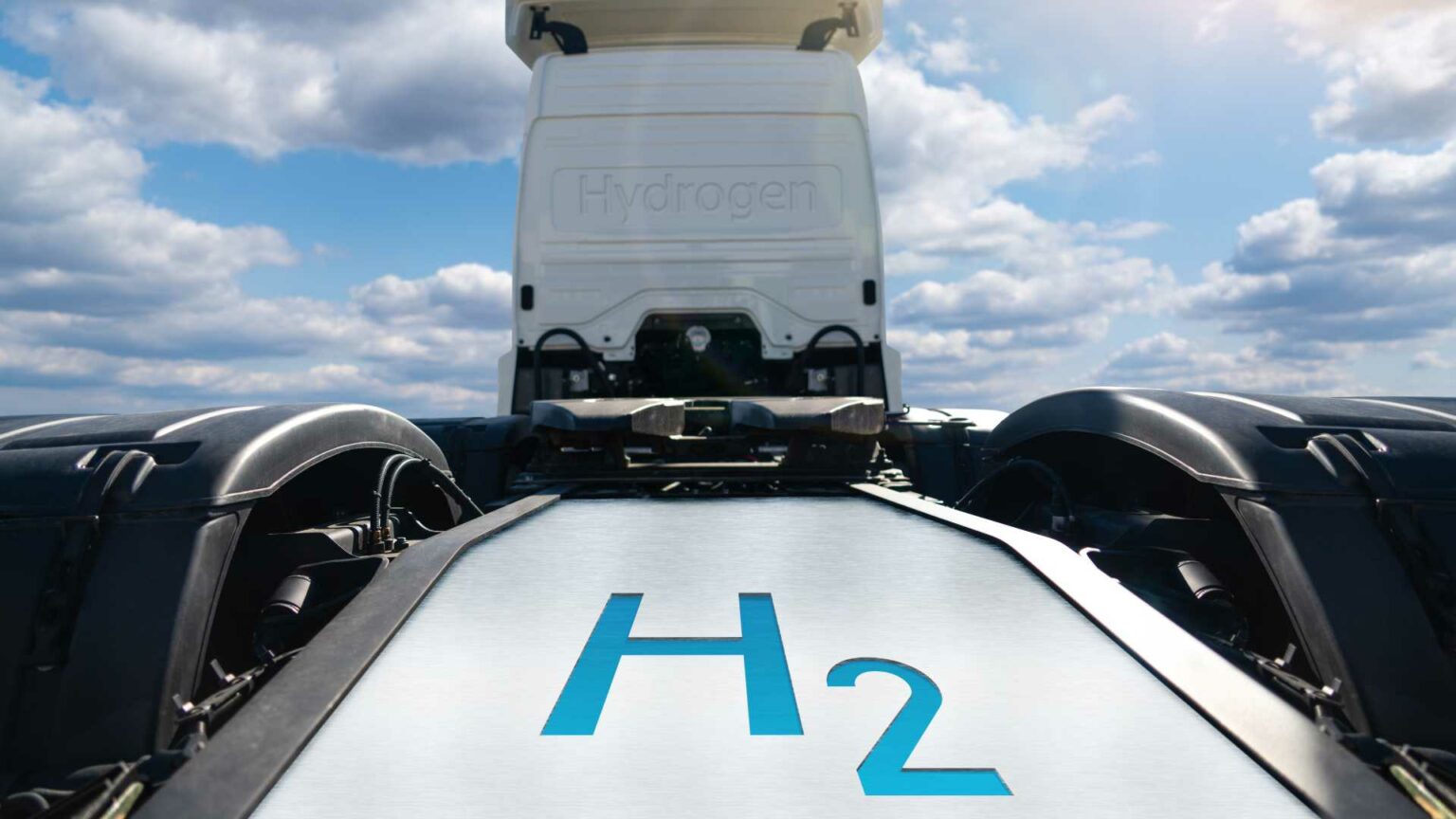A new study by Jinqin Zhou, Shaoxiang Weng, Zhen Xin Phuang, Jian Ping Tan, Aitazaz Ahsan Farooque, Keng Yinn Wong, and Kok Sin Woon offers valuable insights into enhancing hydrogen production and supply chains for fuel cell vehicles. The research “Exploring Intra-Regional Hydrogen Production Alternatives for Fuel Cell Vehicles via Greenhouse Gas-Based Life Cycle Supply Chain (GHG-LCSC) Optimization” provides an in-depth examination of sustainable hydrogen solutions.*
As the hydrogen economy develops, optimizing the hydrogen supply chain is crucial to making its application in fuel cell vehicles (FCVs) both economically and environmentally viable.
Main Findings
This study focuses on optimizing alternatives to intra-regional hydrogen production. The researchers employed a GHG-based life cycle supply chain (GHG-LCSC) optimization model to identify the most efficient methods for producing and distributing hydrogen within specific regions while minimizing greenhouse gas emissions.
Potential Applications
The findings of this research have significant practical applications in the hydrogen industry. By optimizing the hydrogen supply chain for FCVs, this model can help reduce overall emissions, improve cost efficiency, and contribute to the sustainable growth of the hydrogen economy. This can directly influence the deployment and adoption of FCVs, a cornerstone of the transition to zero-emission transportation.
Market Relevance
For the hydrogen market, particularly the sectors involved with FCVs, this study offers a roadmap to make hydrogen production more efficient and less harmful to the environment. The optimization techniques discussed can lead to more competitive pricing and increased public and private sector adoption of hydrogen technologies.
Technical Details
The study’s core is the use of a GHG-based life cycle assessment (LCA) in supply chain optimization. This involves evaluating the environmental impacts associated with each stage of the hydrogen supply chain, from production to distribution, and identifying strategies to reduce GHG emissions while maintaining economic feasibility.
Broader Implications
The broader implications of this research are vast. Beyond FCVs, the optimization strategies could be applied to other hydrogen applications, such as industrial processes and stationary energy sources. The techniques highlighted could serve as a benchmark for policy-making and industrial standards in the hydrogen sector.
Key Takeaways
The key takeaway from this research is the substantiated potential of GHG-LCSC optimization in enhancing the sustainability and efficiency of hydrogen supply chains. This approach minimizes environmental impacts and fosters economic advantages, making it a pragmatic solution for advancing the hydrogen economy.
This study contributes to the growing knowledge of hydrogen production and supply chain management. Its findings will be instrumental for stakeholders in the energy sector, researchers, and policymakers focused on the sustainable advancement of hydrogen technologies.
